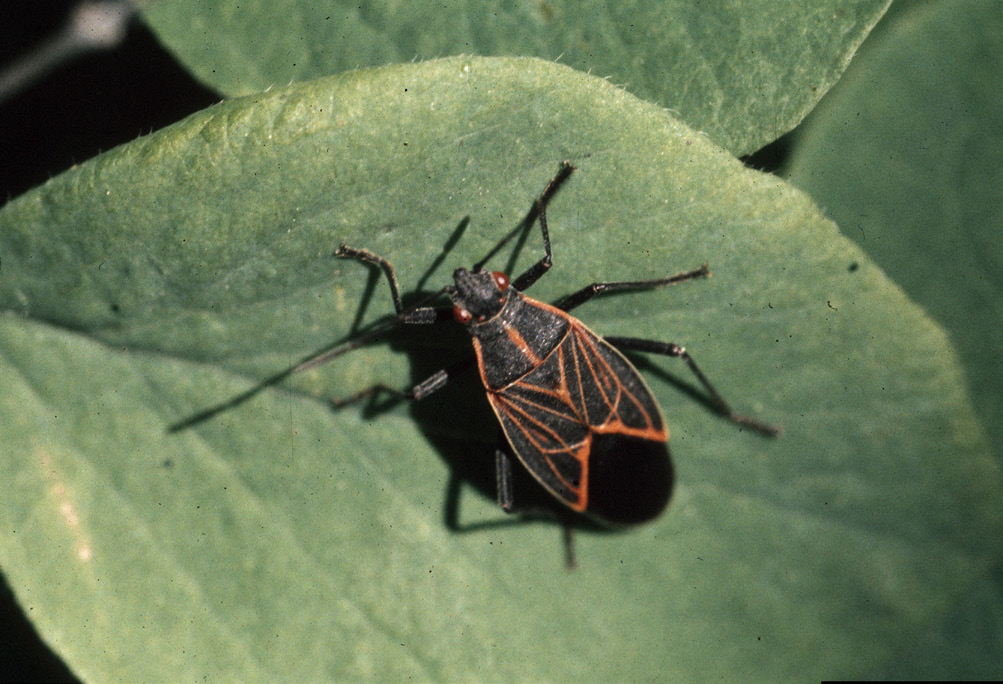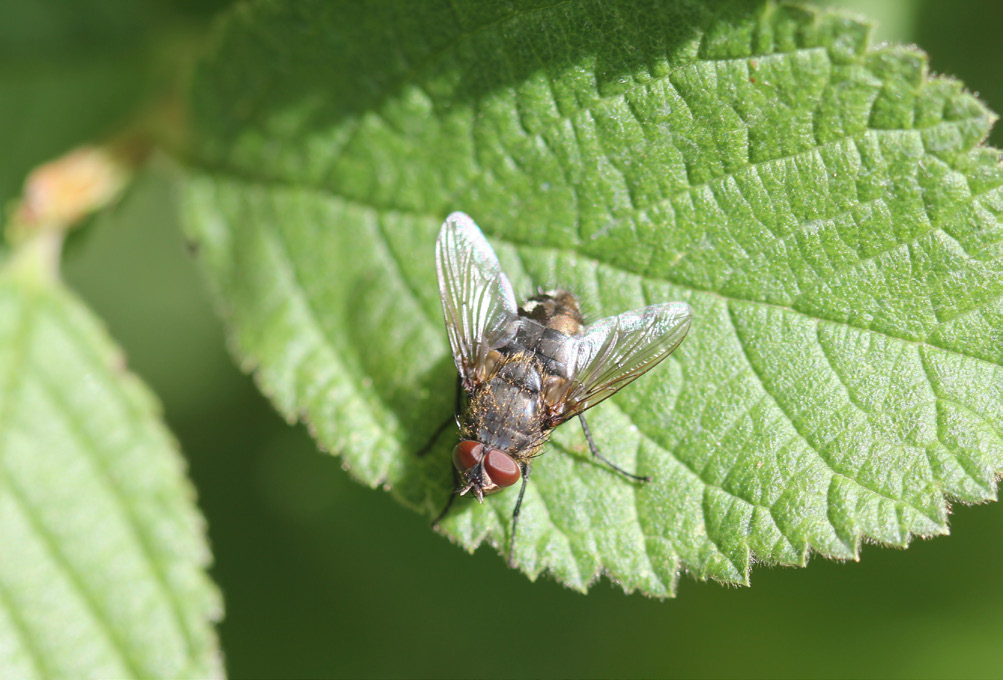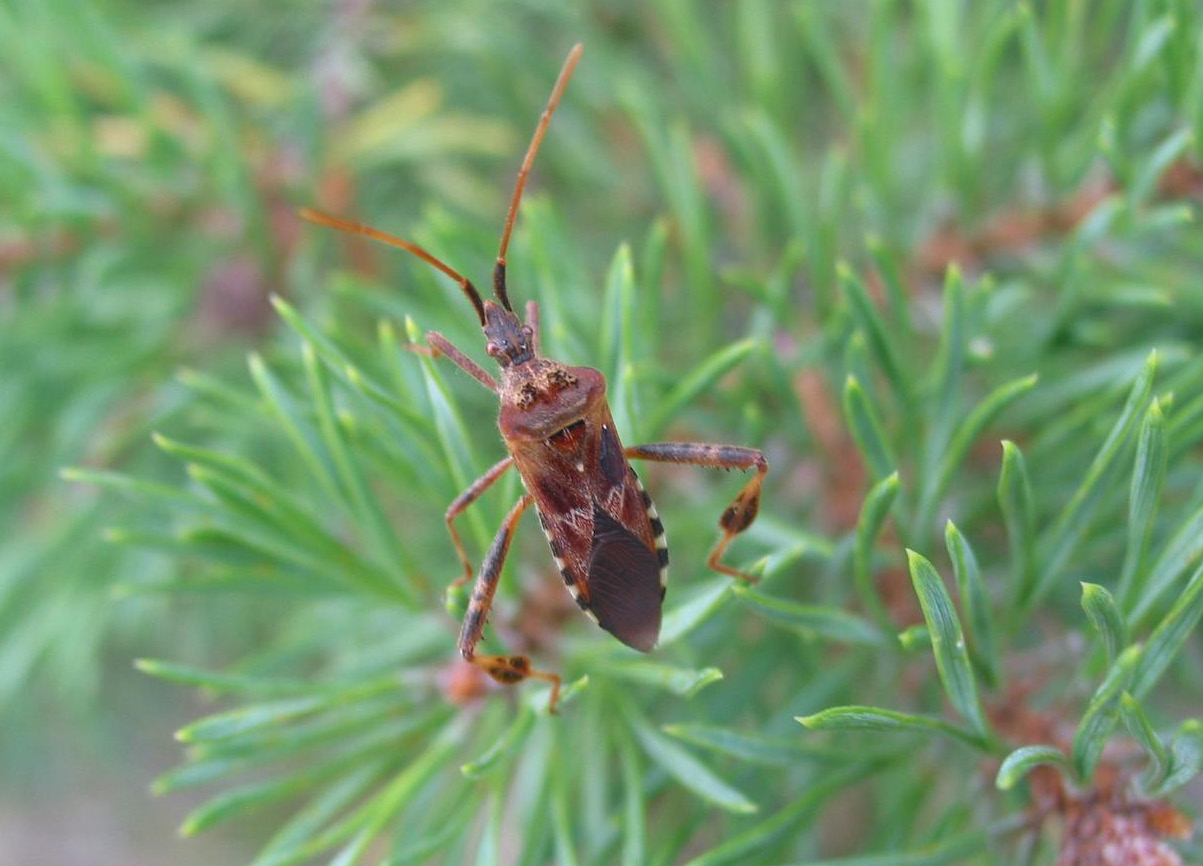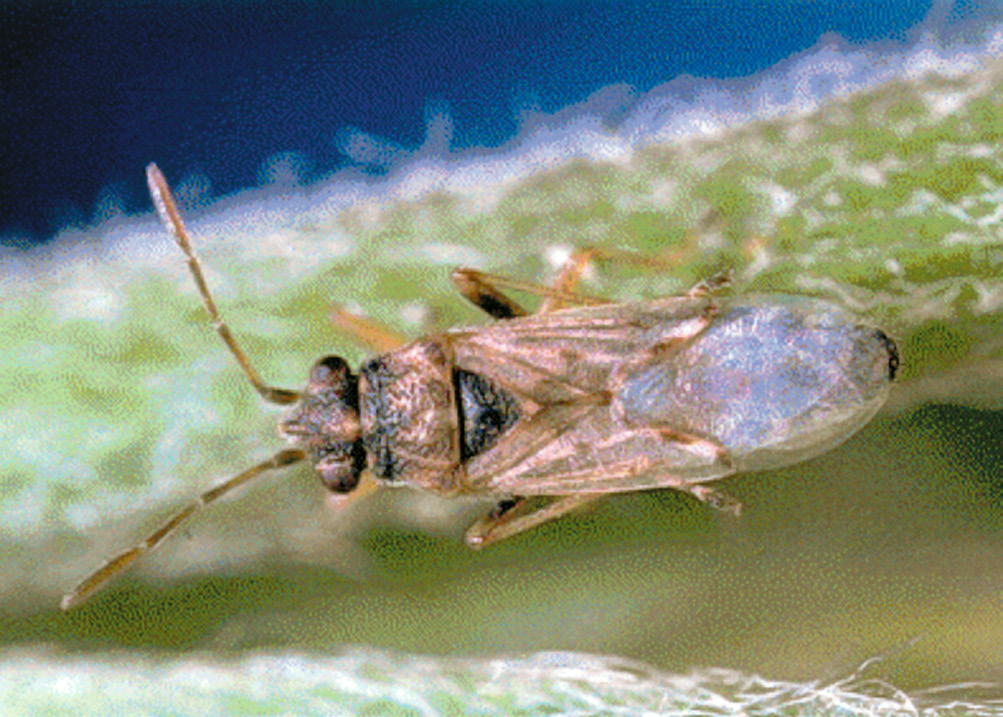Fall Home Invaders
What is it about insects and spiders that can cause a sense of panic?! There is a certain quality to creepy-crawlies that can do that. During the fall, it is common to see an increase in insects and spiders in homes. Most of the time, they are harmless, but they can be a nuisance. Here are a few common fall home invaders and how to manage them.
BOXELDER BUG
Many people are familiar with the classic black and red boxelder bug. They overwinter in protected places such as homes, especially on south and west-facing walls where heat is retained. Although they do not reproduce, feed, or cause major damage in homes, they can stain draperies or light-colored surfaces and produce an odor when crushed. They have been reported to bite humans on rare occasions.
Removing female boxelder trees close to the home is the best solution. Infestations are often correlated with the number of seeds available. This may not completely solve the problem if there are other boxelder trees in the neighborhood or area, but it can reduce the population at a single house. Sealing cracks into the home is also important. Repair screens, install door sweeps, and seal dryer vents and utility wires. When bugs converge on the exterior of the home, soapy mixtures or insecticidal soap can be used. Spot treatments with contact insecticides along windows and other entry cracks can help. However, these insects are resistant to many insecticides, and most insecticides for the exterior of homes are not very effective against the boxelder bug.

Western boxelder bug
Photo: Whitney Cranshaw, Colorado State University, Bugwood.org
CLUSTER FLIES
These are the most common flies found indoors during the cool season. They resemble a house fly, only slightly larger with gold hairs on their abdomen. During the summer, cluster flies feed on earthworms. They use buildings for winter shelter but cannot reproduce there. They can be seen anywhere but are often more of a problem at higher elevations and at homes with irrigated lawns or near water. Cluster flies will often congregate or “cluster” on sun-warmed walls of buildings from mid-August to October. In the fall, the flies enter buildings through attics and other less-insulated areas, remaining in a dormant, inactive state until spring. However, if there is a warm spell during the winter, flies might temporarily come out of dormancy in the house.
Check window and door seals, ventilation openings, and siding in late summer to help prevent them from getting into the home. Adults can be vacuumed up in the home. Bug bombs inside the home are not effective. Another method of control is pyrethroid insecticides, which can be sprayed in and around the cracks and crevices of the home in late summer when they are starting to “cluster” on exterior walls. These insecticides are effective for 2-3 weeks. Cluster flies are not attracted to most traditional fly traps which use food or chemical lures.

Cluster Fly
Photo: Whitney Cranshaw, Colorado State University, Bugwood.org
WESTERN CONIFER SEED BUG
This insect is often mistaken for an assassin bug. They have a similar body shape to a boxelder bug but have a brown body, unique pattern, and thick hind legs. They have a defensive odor when disturbed. Just like the other insects, they are seeking shelter for the winter. These bugs feed on trees and shrubs with a preference for pines. They do not bite people or harm homes or household items. They often die in a week or two if they do not drink water and can be vacuumed or swept up.

Western conifer seed bug
Photo: University of California, Bugwood.org
FALSE CHINCH BUGS
These insects are rare. During the summer, false chinch bugs feed by sucking sap from plants. False chinch bugs favor plants in the mustard family such as radish, canola, and mustard weeds. They are particularly fond of flixweed, a common mustard weed. Mass migrations happen in late summer during periods of hot, dry weather when they seek shelter and areas of higher humidity. They do not bite or damage anything indoors and eventually die if trapped inside. Irrigated yards may encourage false chinch bugs, so stop watering next to the home if a problem arises. Insecticides have little to no effect on these bugs. Migrations usually only last a brief time.

False chinch bug
Photo: Dawn Dailey O’Brien, Cornell University, Bugwood.org
SPIDERS
Like insects, many spiders seek a protected place to spend the winter. The only spider in Montana of medical concern is the black widow. The brown recluse is a concern in the southeastern United States but is not found in Montana, where it cannot survive the winters. Some people express concern about the hobo spider. There is older medical literature that indicates the hobo is poisonous and can cause necrotic lesions, similar to the brown recluse. However, according to a Utah State University Extension factsheet, this is not true. The hobo spider and many other types of spiders can bite, but they rarely do. Most do not inject venom. However, bites can cause irritation or soreness (like a mosquito) and are rarely the cause of infections. Even though spiders may be an unwanted guest in the home, they positively impact our environment by reducing pests.
If you are concerned about spiders, take caution working in crawl spaces, garages, and undisturbed parts of the house. Keep habitats such as wood piles and debris away from the house. In the home, insects can be swept up or vacuumed. Spider traps can also be purchased.
Home invaders in the fall are a nuisance but are typically a short-lived problem. Check the home and seal cracks to reduce their presence. If you need assistance with insect or spider identification or control, contact your local MSU Extension office.
Allison Kosto is the MSU Extension agent in Broadwater County.
